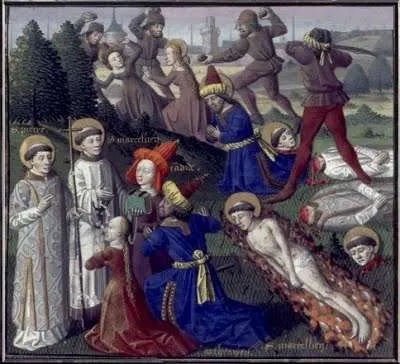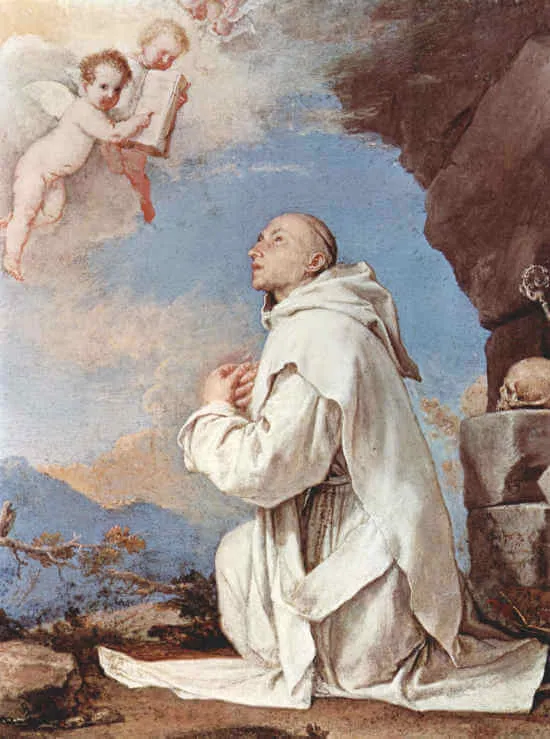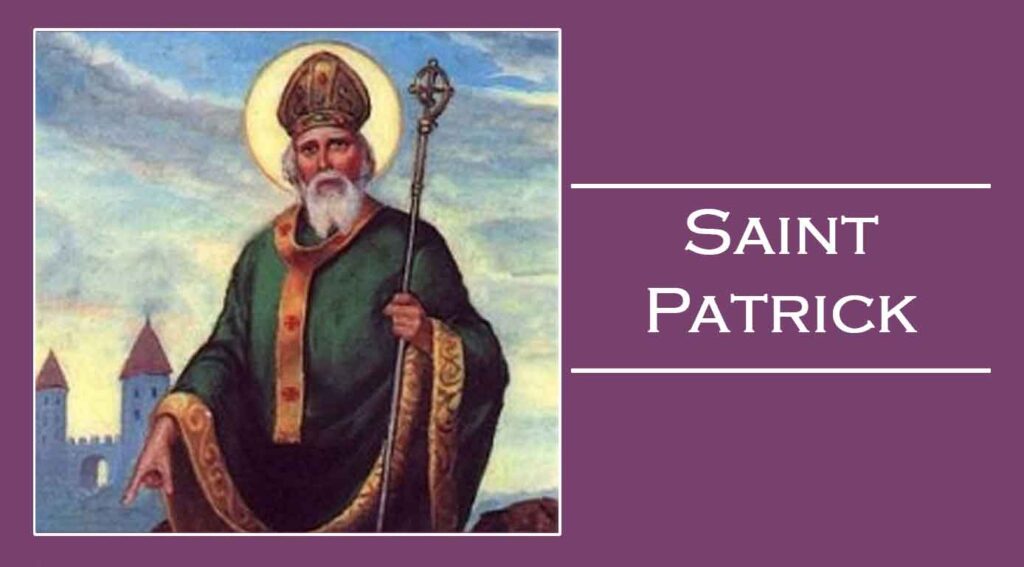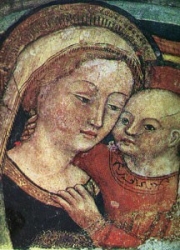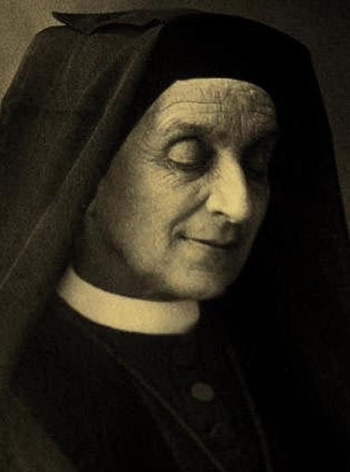Mid-Third Century–c. 304; Invoked by those enduring hardships in life; Pre-Congregation canonization
On February 23, 303, Roman Emperor Diocletian issued an edict that initiated a fierce persecution of Christians. The edict mandated the destruction of Christian churches and scriptures, revoked all legal rights of Christians, and called for the confiscation of their property. In 304, Diocletian ordered the arrest of clergy, forcing them to offer sacrifices to the Roman gods or face imprisonment, torture, and death. These abuses continued under Diocletian and his co-emperors until 311 when Galerius issued an edict of toleration toward Christians. The exact number of Christians who suffered martyrdom during this period is unknown, but it might have been in the thousands. Today’s saints were among the first Christians to receive the crown of martyrdom during that period.
There is very little information available about Marcellinus and Peter. It is believed that both were Roman clergy, with Marcellinus being a priest and Peter an exorcist. Both are included in the Roman Canon of the Mass, alongside other early martyrs and saints.
The little we know about these martyrs comes to us from Saint Damasus I, who served as pope from 366–384. As a child, Damasus heard the story of the martyrdom of Saints Marcellinus and Peter from the mouth of one of the executioners who later became a Christian. After their arrest, Marcellinus and Peter were likely given a sham trial, found guilty, and then offered the chance to gain their freedom by burning incense to the Roman gods. They refused. While in prison, the two men preached the Gospel to other prisoners and jailers. To put an end to their evangelization, orders were given to take them to a secret location in a nearby forest, where they were ordered to dig their graves. They did so joyfully, and were then beheaded and buried in that secret location to prevent other Christians from venerating their tombs.
After Marcellinus’ and Peter’s deaths, their stories became well known. Some time later, through divine providence, two holy women named Lucilla and Firmina were directed to the burial site. They took the saints’ bodies and buried them in what is today called the Catacombs of Marcellinus and Peter. These catacombs hold thousands of graves, primarily of Christians, and once also served as a secret place of Christian worship.
In 313, Emperor Constantine the Great issued the Edict of Milan, legalizing Christianity and calling for benevolent treatment of Christians. As part of his efforts to help Christianity grow, Constantine sent his mother, Saint Helena, on a journey to the Holy Land to bring back relics of Christ’s Passion. Constantine also built many churches in various holy places. One of those churches is the Basilica of Saints Marcellinus and Peter, built over their catacombs. When Saint Helena died, Constantine built a mausoleum for her next to the basilica, which became her resting place for centuries. As a result, devotion to Saints Marcillinus and Peter became widespread.
At the start of the ninth century, a German monk named Eginhard, who had previously been a secretary to Emperor Charlemagne, requested relics of martyrs from Pope Gregory IV. In response, Pope Gregory sent the relics of Saints Marcellinus and Peter, and a monastery was constructed in their honor in Seligenstadt. After they were buried there, many miracles were said to have taken place.
Although we know little about the details of their lives, the veneration of these early saints has been widespread, and their names continue to be invoked today every time the Roman Canon is used in the Mass. What is certain is that the courage of these saints in the face of death has inspired countless Christians for many centuries. As Jesus said, “No one has greater love than this, to lay down one’s life for one’s friends” (John 15:13). In many ways, everyone who has been inspired by the martyrdom of Saints Marcellinus and Peter can be considered their friends. Though they died long ago, the “friendship” of their witness endures.
As we honor these martyrs, ponder your own call to lay down your life selflessly for others. Dying to yourself—living sacrificially and selflessly—is no easy task. But when the grace of God is alive in your life, you will discover that you are given the courage you need to be a witness to Christ. Pray for the same courage that Marcellinus and Peter had, so that your sacrificial love will make you friends to others who need your witness.
Source: https://mycatholic.life/saints/saints-of-the-liturgical-year/june-3—saints-marcellinus-and-peter-martyrs/

